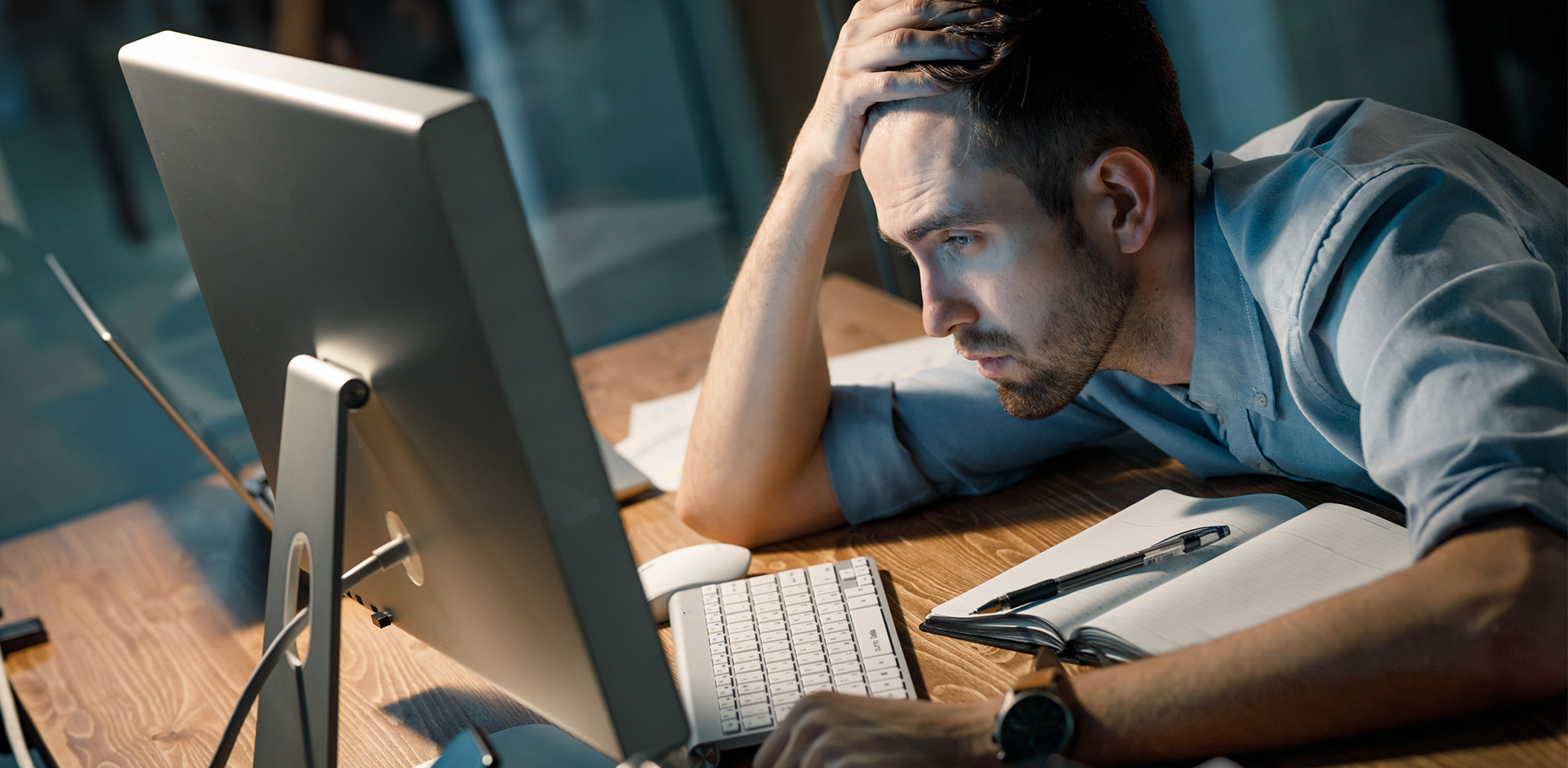Workload again forced you to stay behind the desk after hours. Accumulating stress, strained muscles, hunched position in front of the computer, uncomfortable chair. A lot of people certainly know what I am writing about. In the 21st century, one used to say: "sitting is a new smoking". This statement reflects how much a sedentary lifestyle is harmful to a human being. Our body was created for physical activity: running, jumping, swimming. Eight or more hours of freezing in a sitting position with the head tilted forward is highly inadvisable but the intensive development of digital technologies and services (IT, analytics, etc.) has led to this state of affairs.
Do you remember to stretch after work for 15-20 minutes? No? Instead, you come home, and you spend the next few hours in front of the TV or continue working? So, read on what can happen while leading a sedentary lifestyle.
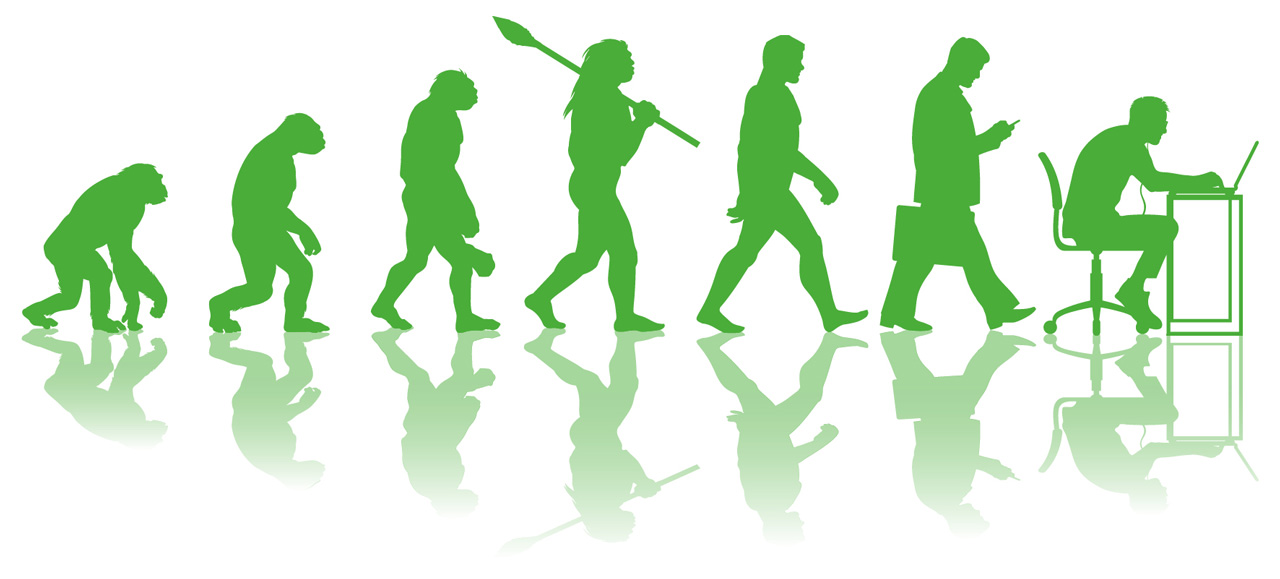
Excessive spending time sitting causes a number of changes in our body
The most important of these are the stretching of the sciatic and tibial muscles (back of the thigh) and contracture of the iliopsoas muscles (deeply located muscles called hip flexors). In a big simplification, sciatic and tibial muscles have their initial implantation on the sciatic tumor and the end on the head of the tibial fibula bone. The iliopsoas muscles start from the lower hip and the lateral surface of the vertebral body and end up in the lesser trochanter.
The stretching of the first and contraction of the latter causes a change in the pelvis position - the anteversion increases. This phenomenon is based on the specific positioning of the pelvis in our body, which causes an overextension of the spine in the lumbar region resulting in the onset of hyperlordosis (excessive bending of the spine towards the front). Hyperlordosis can lead to various complications such as sciatica (nerve roots), lumbago and hernia of the intervertebral disc (slipped disc). With hyperlordosis, any sudden movement: lifting, bending, falling over or getting out of bed can trigger an attack of sciatica so the pressure of the intervertebral disc on the nerve roots in the spinal canal. This is a very dangerous injury that can prevent you from walking even for a few days.
How to counteract increasing hyperlordosis?
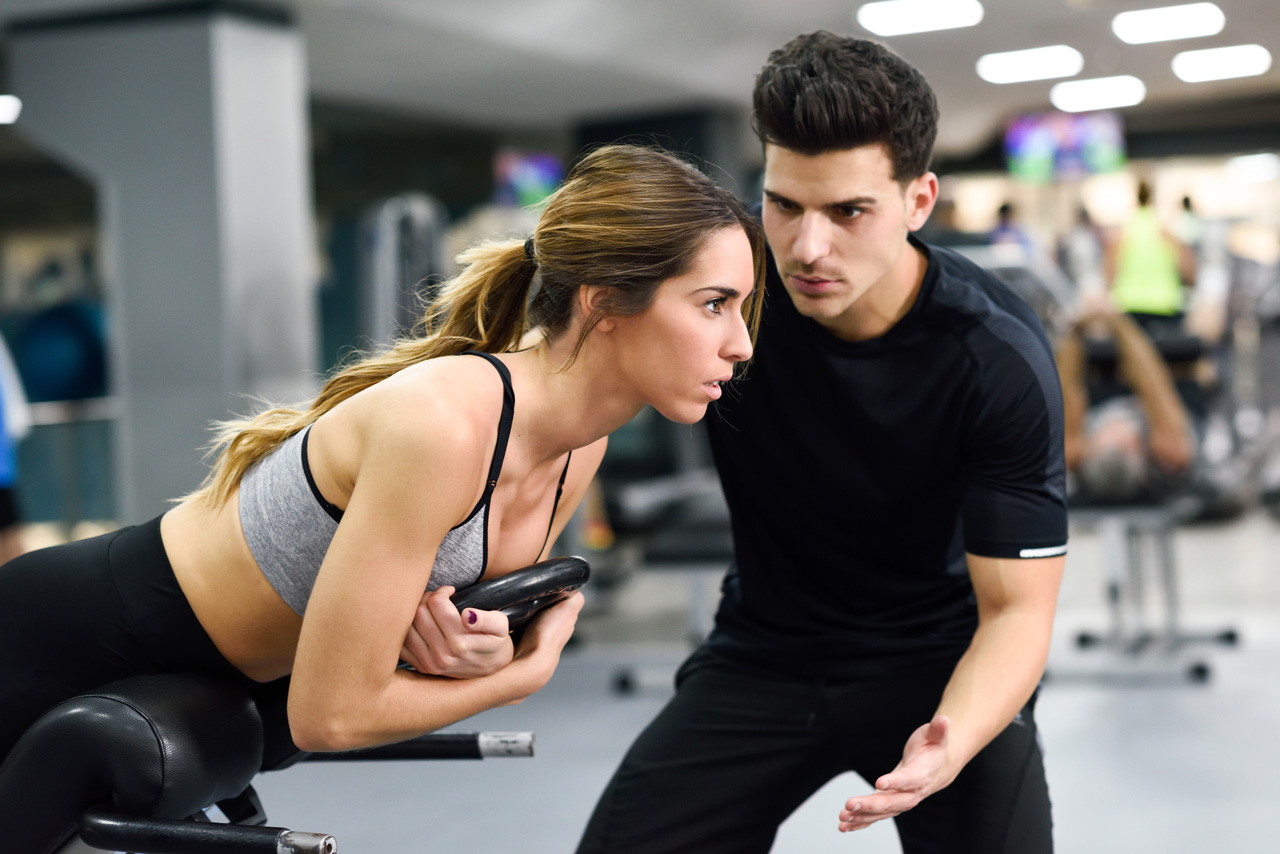
If we are already talking about the seat, we should also mention slouching over the keyboard and mouse and staring at the computer or business phone. These activities also affect our figure and can finally appear as an upper crossed syndrome. It is a humped posture with rounded shoulders and a forward head. The muscles to be strengthened are: deep cervical flexors, rhomboid muscle and serratus anterior muscle. The muscles that need to be stretched are the pectoral muscles, the trapezius muscle and the levator scapulae.
Both in the previous and in this case, helpful may be the gym and an appropriately experienced coach, who can compensate for posture defects through properly selected strengthening and stretching exercises. Professional knowledge will allow you to straighten out and present a healthy figure.
Just as the upper crossed syndrome is not the end of the world (many people live this way for years without even knowing about it), sciatica or discopathy are very noticeable when they occur and can be very dangerous, and in extreme cases can lead to acute pain while walking or even preventing it.
However, there is nothing to worry about if your back hurts in the lumbar region. These do not necessarily have to be the aforementioned afflictions. In most cases, people who I worked with at the gym complained about such pains. Most often, after a few sessions of stretching the iliopsoas muscles and strengthening the erector spinae and sciatic and tibial muscles, the pain disappeared permanently. When these people stopped training for a few weeks, the pain came back through the iliopsoas muscles contracture, weakening of the erector spinae and sciatic and tibial muscles. This was caused, of course, by the sedentary lifestyle of these people and the temporary dropping the physical activity. In our club you can not only lose weight or gain muscle mass, but also take care of improving your posture using such activities as: personal training, Yoga, Stretching, Healthy spine.
Short recipe for a healthy posture:
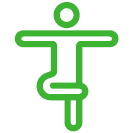
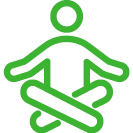
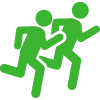
For every hour of work, dedicate 2-3 minutes to stretch the trapezius muscles of the back, chest and sciatic and tibial muscles.
Just get up and walk around the office.
Do not keep off physical activity - 1 hour of training is only 4% of the day!


